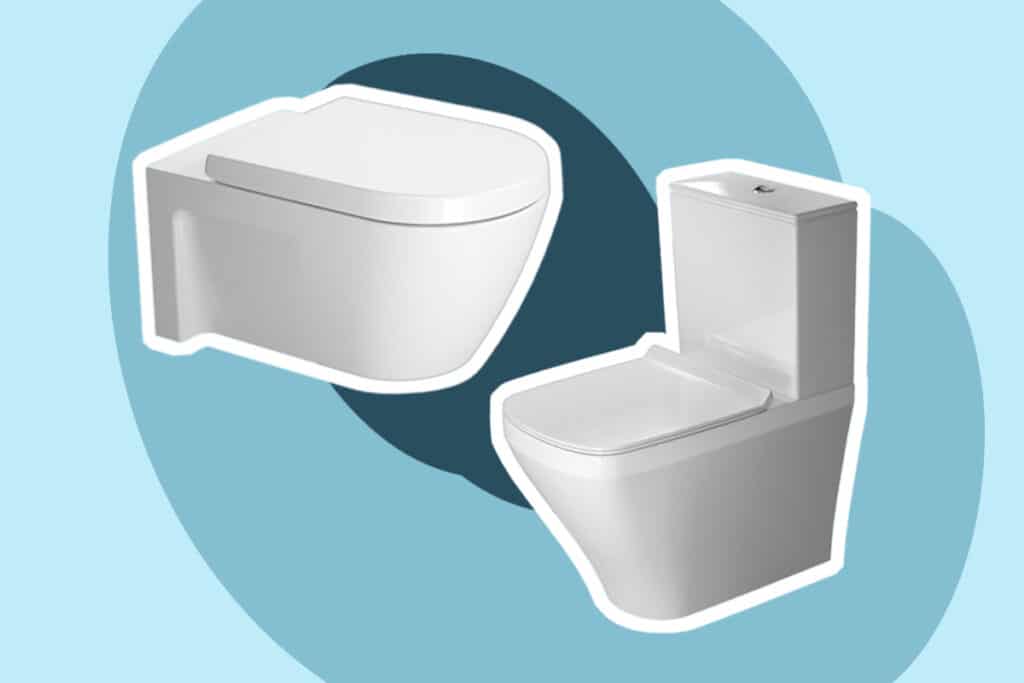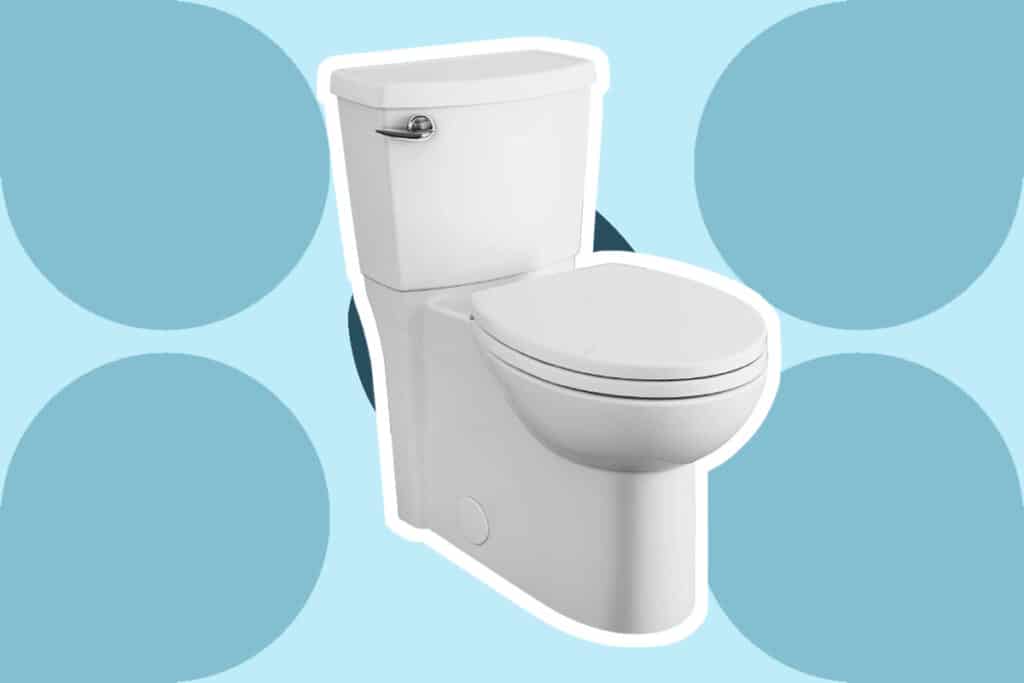

Clogged toilets are frustrating to deal with. Clogging is a common occurrence, especially in older toilets that aren’t as efficient and can have a buildup of dirt and grime.
Your toilet can become clogged for a number of reasons. These include excessive use of toilet paper, flushing things you shouldn’t, a limited amount of water in your water tank, and poor design of the flushing system.
Many people resort to calling a plumber to fix their toilet issues, but most times, that’s not needed. Here, we take a look at how to unclog a toilet with baking soda Trusted Source Sodium bicarbonate - Wikipedia Sodium bicarbonate (IUPAC name: sodium hydrogen carbonate), commonly known as baking soda or bicarbonate of soda, is a chemical compound with the formula NaHCO3. It is a salt composed of a sodium cation (Na+) and a bicarbonate anion (HCO3−). en.wikipedia.org and vinegar Trusted Source Vinegar - Wikipedia Vinegar is an aqueous solution of acetic acid and trace compounds that may include flavorings. Vinegar typically contains 5–8% acetic acid by volume. en.wikipedia.org .
Step 1: Check the level of water in your toilet bowl. If your toilet bowl is filled with water, empty some of the water. You will need the bowl to be filled up halfway. For the unclogging process to be successful, you can’t have too much or too little water in the bowl. If the water level is too low, you can fill it by using boiling or hot water. The heat of the water can assist in unclogging the toilet faster than cooler water would. Too much water in your water bowl will lead to spillage.
Step 2: You will need 240ml of baking soda, which is equivalent to one cup of baking soda. It is a good household item to have as it has many cleaning properties. You can use a measuring cup or a scoop to measure out the baking soda. Pour the baking soda into your toilet bowl.
Step 3: You will need 470 ml of white vinegar, which is equivalent to two cups of white vinegar. Start by pouring one cup of white vinegar into the toilet bowl. Be attentive to the reaction of the water when you are pouring in the white vinegar.
If you pour in too much vinegar, it could cause the water to fizz over the toilet and could make a mess that you would need to clean up. If it starts fizzing too much, wait a few seconds for the fizzing to subside and continue pouring in the vinegar. The mixing of baking soda and vinegar is what will unclog your toilet.
Step 4: After you have poured in the vinegar, wait until the water has drained from the toilet bowl. This could take 2 to 8 hours. The water level in your toilet bowl will go down, and you may see small bubbles form due to the pressure changes.
After the water has drained from the toilet bowl, you can try flushing your toilet. If it seems as though your toilet is still clogged, you can leave it standing overnight. Alternatively, you can repeat the unclogging process from step 1 until your toilet is unclogged.
Although the baking soda and vinegar method is most effective in unclogging toilets, some toilet clogs are tough to get out and require extra effort. If, after repeating the baking soda, and vinegar combination, your toilet is still clogged, use the above method, along with a plunger, to remove the tough clog. Here’s how to do it:
Step 1: Start plunging the toilet for at least 2 hours after using the baking soda and vinegar method. Place the plunger over the toilet bowl hole. Plunge the hole a few times. Once you see the water level lowering, you can then flush the toilet.
Step 2: If your toilet is still clogged, you can try using a plunging snake. An auger is a plunging snake that is best suited to use in toilets. Place the tip of the plunging snake in the hole of the toilet bowl. Rotate the plunging snake handle both clockwise and anti-clockwise until you feel the clog has shifted. Remove the plunging snake and try to flush the toilet.
The methods mentioned above are quite simple and easy to follow, but as many people say, prevention is better than cure. Clogging in your toilet can be prevented. The most common way to prevent future toilet clogs is to always make sure you are flushing your toilet properly. If you have a dual flush toilet, then ensure you’re always choosing the right flush.
Make sure you are only flushing human waste and toilet paper down your toilet. Do not flush down any other sanitary items or objects down your toilet, as this could cause a blockage. The amount of toilet paper you are flushing could also cause your toilet to clog up.
Stick to safe toilet cleaning products. If you notice any problems with your toilet, such as a weak flush, make sure to address the problem immediately.
Leaving a minor issue unattended could end up causing a major problem in the future.
The last option if you want to unclog your toilet is to call a professional. If all the unclogging methods mentioned above do not work, it is best to call a professional plumber to come and inspect your toilet. Sometimes there could be a deeper issue with your toilet other than the clogging that has occurred.
Along with the above methods of baking soda/vinegar, a plunger, and a toilet snake, there are a few other things you can try. One of those methods is to use a chemical cleaner. While they can be effective, they aren’t always recommended as some chemical drainers could end up damaging the pipes of your toilet.
An alternative to a chemical cleaner is an enzyme waste removal product, as this will naturally break down the organic material in the toilet without damaging any pipes. You can also use an old wire coat hanger to make a handmade toilet snake. A wet/dry vacuum can also be used, but these are usually expensive industrial machines that can suck up water.
If problems keep coming back, then a new toilet may be needed. You don’t always need a powerful toilet to prevent clogs. Simply a well-designed one that has an efficient flushing system and even low-flow toilets can be great. If you are looking for a new dual-flush toilet, consider the American Standard H2 model. For those searching for premium models, we highly recommend Ove Decors Smart Toilet.
A clogged toilet can be very unpleasant to deal with, but as we’ve seen here, there are many ways of loosening up those clogs. The baking soda and vinegar method is great as it’s not only one of the most natural methods, but it’s also inexpensive.
If you’re getting repeated clogging issues, then it may be a good idea to treat yourself to a new modern toilet. It’s also important to make sure you’re only flushing what you’re meant to down the toilet and not using too much toilet roll.
Hopefully, now you know how to unclog a toilet with baking soda and vinegar, as well as plenty of other methods if that doesn’t work. Good luck in clearing that clog!





